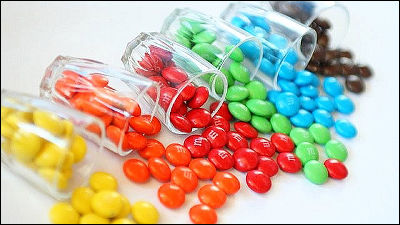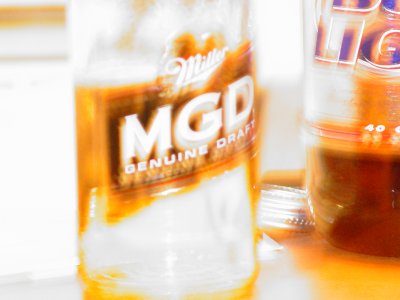Why is the food coloring 'Red No. 3,' which is known to be toxic and banned in some products, still used in food?

While food colorings have the effect of making food look more vibrant and appetizing, some food colorings have been recognized as toxic and
Why Red 3 is still in your candy - YouTube
There are some studies reporting the toxicity of Red No. 3, such as an oral administration experiment in mice that found it had a negative effect on mouse growth, and a report of thyroid tumors occurring in rats . However, the Japanese Ministry of Health, Labor and Welfare classifies erythrosine as a 'non-naturally occurring additive,' but approves its use as a food additive. Similarly, in the United States, Red No. 3 is included in the seven synthetic colorants approved for widespread use by the Food and Drug Administration (FDA) . However, the FDA has banned the use of Red No. 3 in cosmetics since 1990, and its use is more limited than other approved colorants.
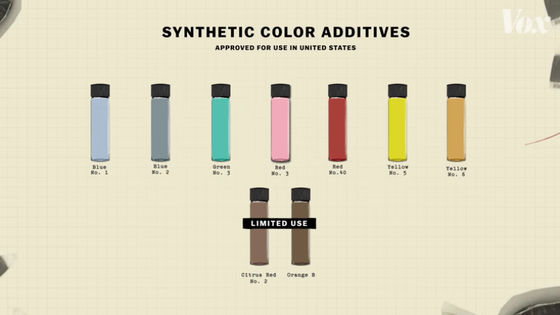
Vox spoke to Thomas Galligan, a principal scientist at

The ambiguity of why Red No. 3 is prohibited for use in cosmetics but can be used in food has a historical cause. On Halloween in 1950, a large-scale food poisoning outbreak occurred due to orange food coloring in candy. In response to this, two laws were passed: the Food Additives Amendment in 1958 and the Color Additives Amendment in 1960. These laws required the FDA to evaluate the safety of color additives.
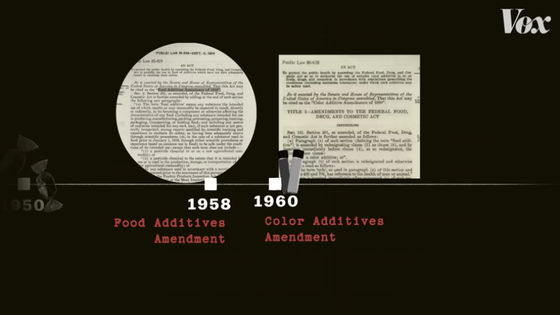
As a result, colorants such as Red No. 3, which had been used before the law was enacted, were reapproved by the 1960s. Twenty years later, the cosmetics industry asked the FDA to permanently approve Red No. 3 for use in cosmetics and topical drugs, so the approved Red No. 3 was re-studyed. In 1990, the FDA rejected the cosmetic and drug applications because Red No. 3 may have slightly increased the risk of developing thyroid cancer in rats.
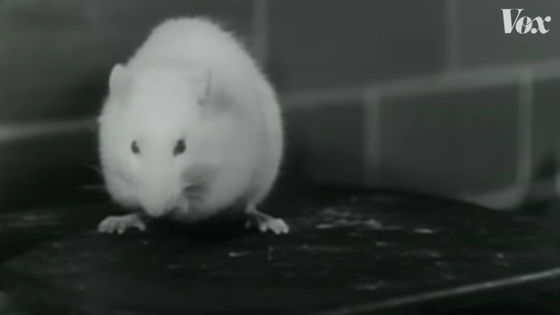
After cancer risks were discovered in tests on cosmetics and drugs, the FDA announced at the time that it would ban their use in food in accordance with the Food Additives Amendment. However, 34 years have passed since then, and Galligan points out that the FDA has yet to take any action to regulate them. When Vox contacted the FDA directly, they simply said, 'We are currently too busy to be interviewed.'

However, instead of providing a direct response, the FDA spokesperson's email included a link to the FDA's

'I don't understand why the FDA has decided that Red No. 3 is OK, even though it violates the Delaney Clause, which states in the Food Additives Amendments of 1958 that 'no substance containing a carcinogen may be used in food in any quantity,' said Galligan. The Center for Science in the Public Interest submitted a petition to the FDA in 2022 to ban Red No. 3 from food, but two years later, the matter remains 'under review' and no progress has been made.

There are other efforts to remove Red No. 3 from food. In October 2023, California signed a bill to ban Red No. 3 from state foods by 2027. California's decision includes a comprehensive judgment that summarizes not only studies using rats, but also 25 studies that found a correlation between synthetic colorings and
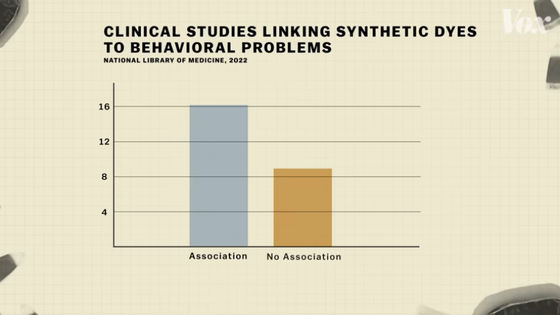
'Synthetic colours have no effect on the taste or preservation of food and are purely a marketing tool for the food industry,' Galligan said. 'I think it's really important to remember that all this discussion and research shows that these food colours are not necessary in the diet.'
Related Posts:

